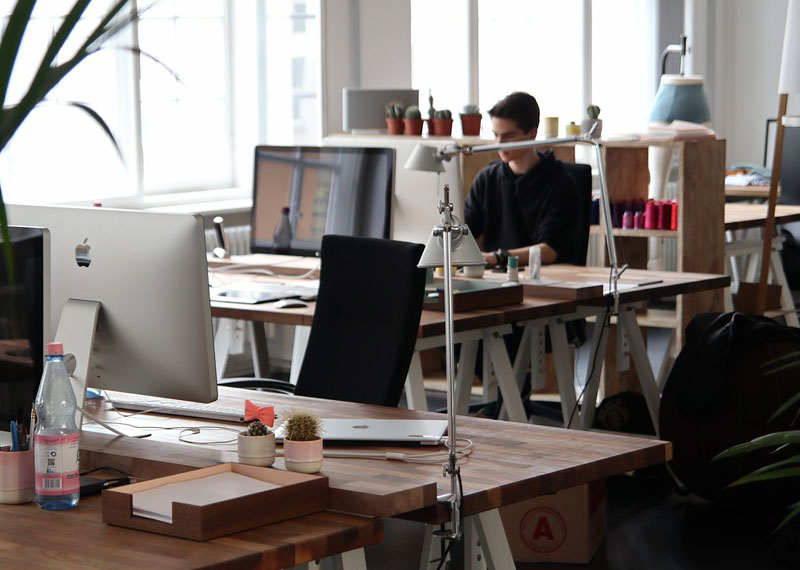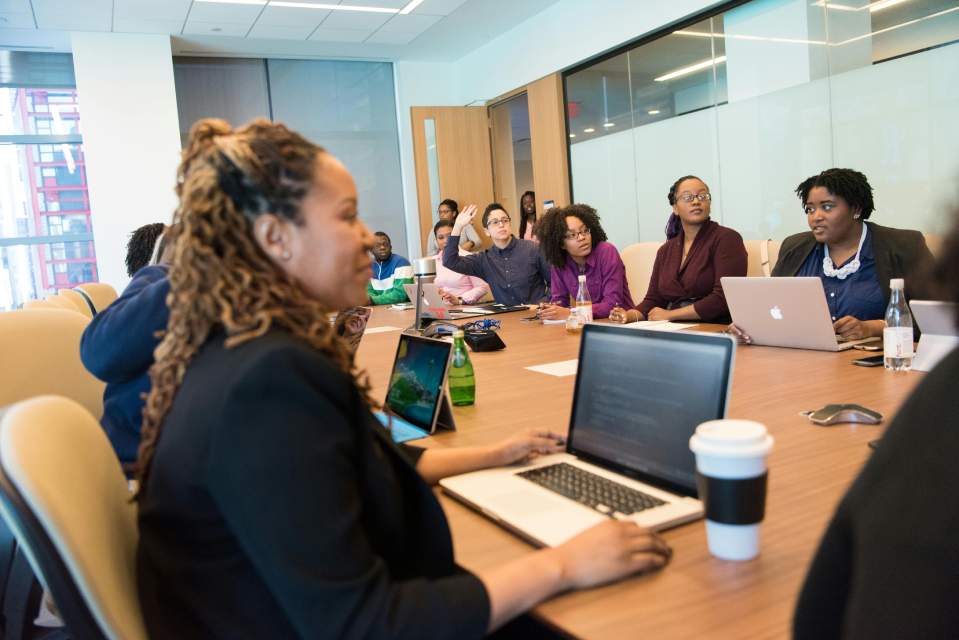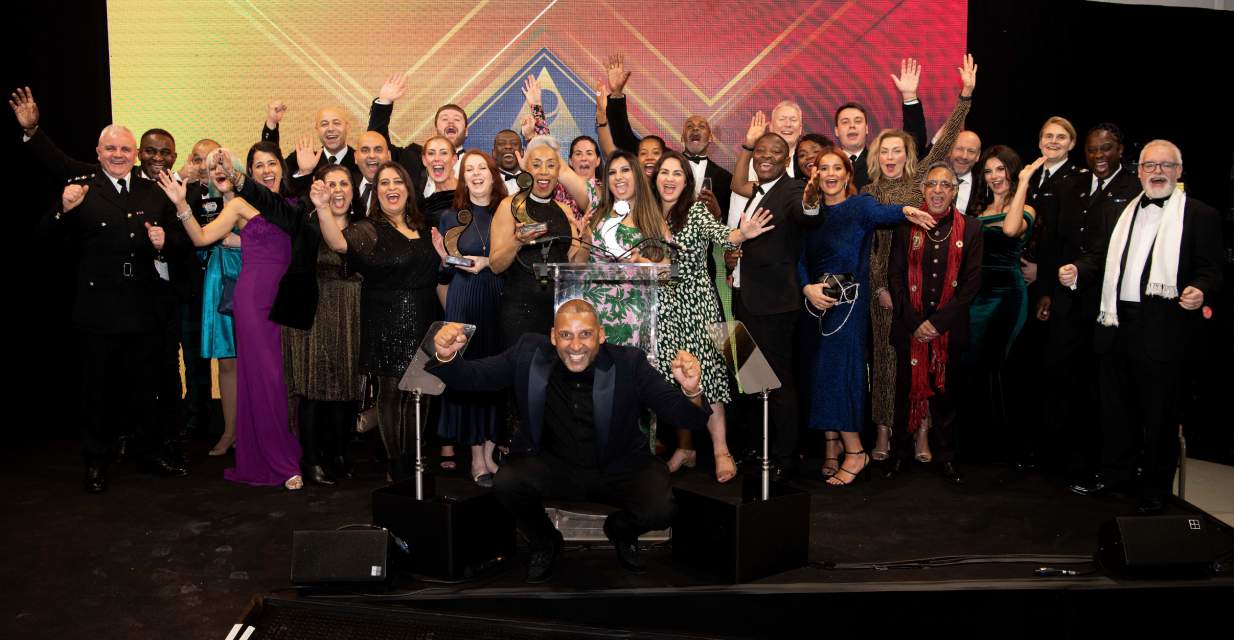Phil Sugden, Director at flexible workspace expert Portal, explores the ways CEOs can design their workspace to boost productivity and attract talent, while also keeping costs to a minimum…
The workspace of today has evolved far beyond the conventional office portrayed in popular culture, which are typically comprised of sterile white cubicles and grey carpet tiles. What has remained the same, however, is the desire to utilise the space to encourage productivity among employees.
Employee habits are changing, including the way they work and collaborate. With productivity levels in offices across the UK falling to an all-time low, it’s now essential for businesses to create a workspace that fosters productivity and collaboration among its employees.
By 2020, the global workforce is expected to be dominated by Millennials (22-37 years old) (35%) and Generation X (38-53 years old) (35%), with baby boomers (54-72 years old) accounting for 6%. With this in mind, designing workspaces to meet the needs of all generations of the workforce can be challenging, costly and time-consuming.
Avoid dangerous assumptions
Attitudes towards work-life balance have shifted considerably over the last decade. While the assumption may be that Millennials and Generation Z employees’ value work-life balance most, research suggests 94% of baby boomersalso want a flexible work schedule that provides quality of life.
Whether a business is expanding, refurbishing an existing office or relocating, flexibility must be built into the heart of every workspace. While the assumption may be that trends like hot-desking embrace flexibility, research has shown that the lack of ownership of a space can make employees feel less valued as a result.
One size fits no-one
To create a productive and successful workplace, office design must move beyond generalisations and recognise that one size does not fit all. Designing an office to promote optimum efficiency is about creating the space and work environment that incorporates the right tools needed to meet the unique needs of your organisation.
As a result, businesses relocating offices to accommodate their design requirements should take into consideration how each of their employees approach their work.
Today’s employees are used to working in a variety of different spaces to suit their task. In settings where a combination of individual and collaborative work is required, activity-based working can provide far greater flexibility, while increasing productivity and collaboration.
Organisations embracing activity-based working should create versatile areas for employees to work at through the day, according to their task. This includes designated meeting areas, secluded spaces for quiet time and concentration and breakout spaces.
Breakout spaces
Introducing a designated area for employees to meet and socialise away from the main office creates a ‘home from home’ feel, while fostering a workplace culture that promotes creative thinking and employee wellbeing.
Breakout areas do not need to take up excessive space, and can be created on a low budget. Businesses can enhance their existing space by simply fitting comfortable furniture, such as sofas and tables, which work to enhance the interaction between employees and provide a space for ad-hoc meetings and brainstorming sessions.
Maximise private spaces
When relocating offices, it’s important to consider that while the open-plan workplace may work for some, there are still a substantial number of office workers across all ages that prefer private areas to maximise efficiency when working individually.
Workplaces operating within creative industries, where interaction and team-work is encouraged, are more likely to benefit from open plan offices. However, offices without private areas can be particularly problematic in workplaces that require high levels of concentration or frequent telephone contact, such as in financial, technological and contact centre environments.
Installing segregating panels on desks can reduce distractions and background noise, while also offering employees a sense of privacy. By offering this option, businesses can reap the collaborative benefits of the open plan, without sacrificing productivity.
Add some colour to the workday
More businesses are viewing their office space as a strategic component of a business plan than ever before. Colour schemes are an example of how businesses are communicating their brand values through their workspace, while leaving a lasting impression on clients.
Bright colours bring life to a workspace, whether by reinforcing your brand identity or by creating a personality, a unique feel and atmosphere for every area and space.
Under a traditional model, businesses are highly restricted in how they can design their office to communicate their brand values. Additionally, the possibility that businesses may need to expand, reduce, reallocate or relocate their workforce can be extremely costly and entirely impractical.
With flexible managed office models like Managed Office Solutions (MOS), office design is determined by the occupier and not the provider, and can be bespoke to the business’s requirements. This integrated approach manages each component of the process, while providing the expert knowledge that most organisations don’t have internally









